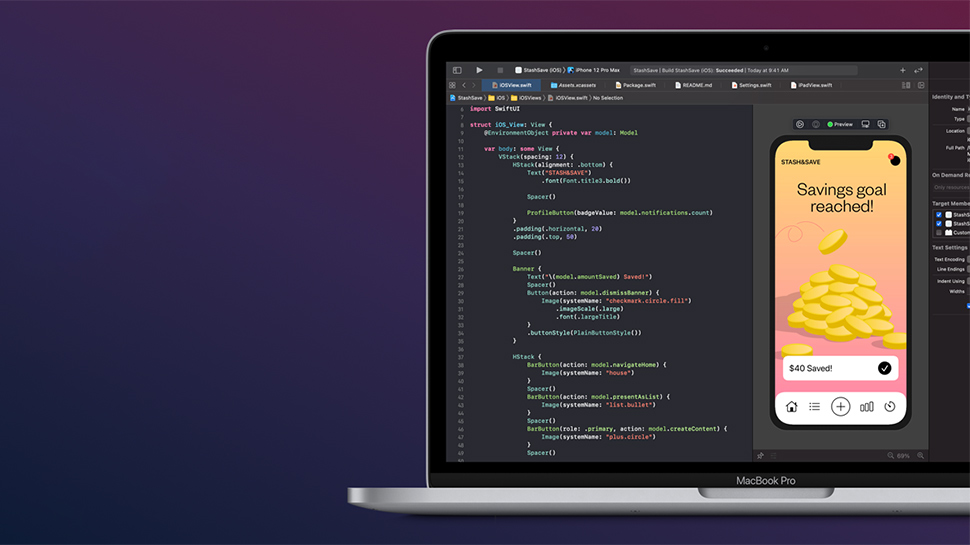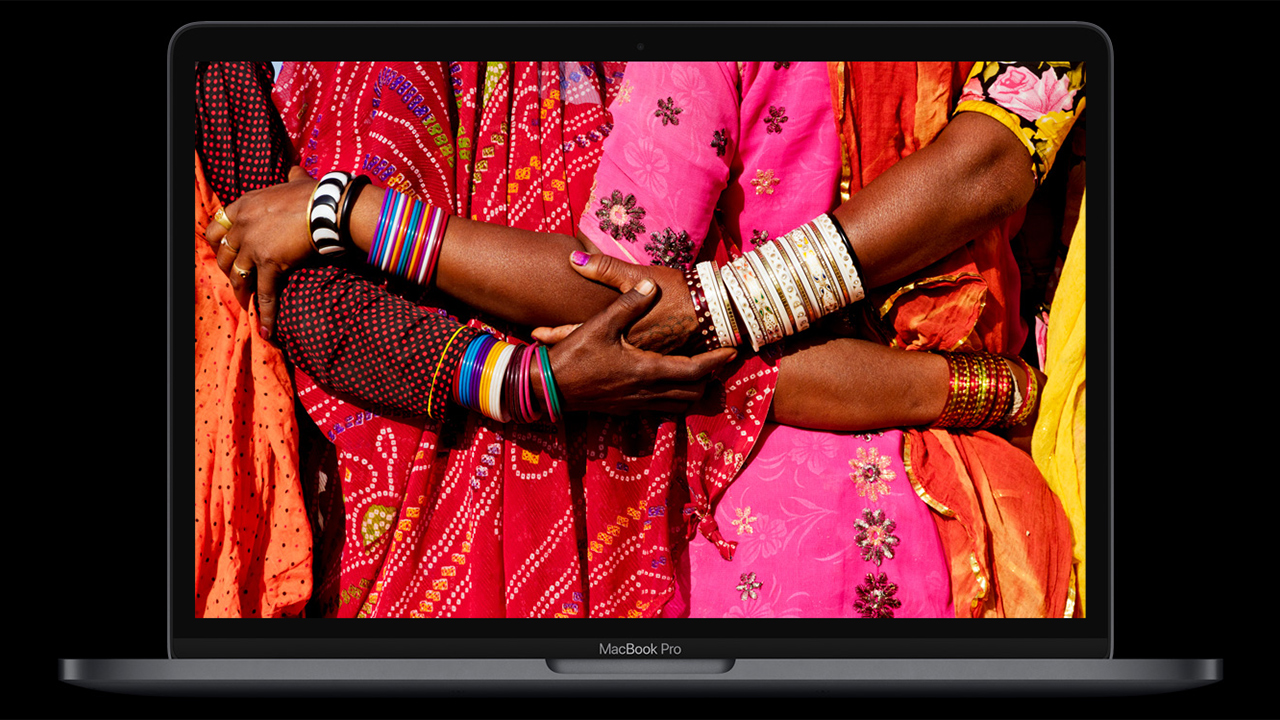Apple: It's Really Up to Microsoft to Make Windows Work on M1-Based Macs
When Apple announced the transition of Macs to its own system-on-chips (SoCs) earlier this year, the company made it clear that while it will provide x86 emulation for MacOS programs developed for x86 CPUs, it will not offer a version of BootCamp with x86 emulation to enable Windows 10 to run on Apple Silicon-based Macs. But in a recent interview with Ars Technica, Craig Federighi, Senior Vice President of Software Engineering at Apple says that Microsoft has everything it needs to make Windows 10 for Arm to run natively on SoCs like the M1.
Up to Microsoft
"That's really up to Microsoft," said Federighi. "We have the core technologies for them to do that, to run their ARM version of Windows, which in turn of course supports x86 user mode applications. But that's a decision Microsoft has to make, to bring to license that technology for users to run on these Macs. But the Macs are certainly very capable of it."

Being a primary supplier of business and productivity software, Microsoft is currently developing its Office suite for Arm-powered Macs. That version of Office will run natively on these systems, which means that Microsoft knows how to build software for the latest Macs. The latter can of course run many of the operating system or applications developed for 64-bit Arm architectures. Microsoft has a version of Windows designed for Qualcomm's Snapdragon and other ARMv8 SoCs, so doing something similar for the new Macs should be quite possible. There are a number of uncertainties though.
In order to make Apple Silicon-based Macs offer the same features and performance in Windows and MacOS, Microsoft will need to make Apple's IP, including GPU, neural engine, and special-purpose accelerators, work in Windows, which requires compatible APIs (application programming interfaces) and drivers. Apple's MacOS exclusively uses Metal API for graphics processors, which is why Apple's GPUs are developed with Metal in mind. There are several ways to make Apple GPUs work under Windows, but at present it is unclear what Microsoft can do with Apple's hardware in terms of APIs and drivers. Another intriguing aspect is how Apple's M1 and its successors will perform in Windows. Preliminary benchmark results of the latest Macs based on the M1 show that the chip can beat its x86 rivals, albeit in MacOS and in select applications/workloads.
Windows on Arm on Mac?
There are people who use Macs for most of their workloads, but require Windows for applications that are not available for MacOS. Without doubt, Intel-based Macs have gotten quite popular among such people over the last 14 years. For several years down the road, they will likely continue to use x86 Macs, but at some point, those PCs will get outdated or will simply break down, which is when they will have to replace them.

Assuming that Microsoft has everything it needs to make Windows 10 for Arm work natively on the latest Arm-based Macs, the question is what does the software giant gain by enabling its operating system work on Apple's hardware. Apple controls about 10% of the PC market and the percentage of Mac users who need Windows is hardly significant, so from volume perspective Microsoft hardly gains anything tangible.
But making Windows 10 work on Apple Silicon-powered Macs properly could inspire the market to actively adopt Arm processors for Windows laptops, which will make the platform more versatile. Meanwhile, if Apple's M1 and its successors can beat x86 CPUs in Windows environment, this may have an impact on the PC market in general and for obvious reasons Microsoft is going to want to be a part of it.
Get Tom's Hardware's best news and in-depth reviews, straight to your inbox.

Anton Shilov is a contributing writer at Tom’s Hardware. Over the past couple of decades, he has covered everything from CPUs and GPUs to supercomputers and from modern process technologies and latest fab tools to high-tech industry trends.
-
TerryLaze Because there are people out there that think that Apple has any right to mess with windows code????Reply
Of course the only one that can make windows work on anything is microsoft. -
nofanneeded Well Apple , I dont think Microsoft would bother now that there are like 0.00000000001% people who are using your new chip.Reply
yes you control 10% of the PC market (notebook) but thats the X86 market.
until you sell like few millions notebooks using ARM , I dont think that Microsoft would bother. at the end they want to sell their products not keep them on the shelves. -
everettfsargent (1) Windows ported to M1 ARM.Reply
(2) 3rd party Windows applications ported to Windows port on M1 ARM.
BootCamp allowed Windows and 3rd party applications to run directly on x86/64 Intel hardware afaik. Appears to be an easy thing to do given the existing x86/64 user base.
As long as there are Intel based Macs, expect to see the Mac user experience to be another 2X cost increase (if one needs, or wants, both x86 and ARM based Macs at the same time).
Apple has very deep pockets just like Intel, so that Apple will likely need to pay for a Windows experience, both for the OS and 3rd party applications.
Am I missing something here? Seriously. -
TerryLaze Reply
Apple doesn't care about giving anybody the windows experience on the new M1 computers that's the whole point, they want to be in full control of the whole ecosystem.everettfsargent said:Apple has very deep pockets just like Intel, so that Apple will likely need to pay for a Windows experience, both for the OS and 3rd party applications.
Am I missing something here? Seriously. -
setx I don't see any reason to spend significant resources to support Apple's silicon.Reply
You either join their religion or throw their silicon into trash bin. -
Gomez Addams Replyeverettfsargent said:(1) Windows ported to M1 ARM.
(2) 3rd party Windows applications ported to Windows port on M1 ARM.
BootCamp allowed Windows and 3rd party applications to run directly on x86/64 Intel hardware afaik. Appears to be an easy thing to do given the existing x86/64 user base.
As long as there are Intel based Macs, expect to see the Mac user experience to be another 2X cost increase (if one needs, or wants, both x86 and ARM based Macs at the same time).
Apple has very deep pockets just like Intel, so that Apple will likely need to pay for a Windows experience, both for the OS and 3rd party applications.
Am I missing something here? Seriously.
Apple is not likely to pay Microsoft for that. They will view it as a business decision for Microsoft and it is. It is up to MS to decide whether they think it is worth the effort to sell Windows for M1s. I tend to think it won't be a money-making proposition for them immediately BUT the technology gained will be useful in the longer term. This is only the first variant of the M1 from Apple and there are likely to be several more and THOSE are where Microsoft will be more likely to make money. I would bet good money that Microsoft has porting efforts underway at this very moment.
I think it will be very interesting to see what Apple's machines with discrete GPUs look like. Who knows what GPU they will use? For all I know, it could be Intel's. It could also be a proprietary one. I just don't know. What I do know is if the real estate used by the GPU on the M1 was used for more performance cores that could be a really screaming machine. Imagine removing the GPU and all but one efficiency core and using that area for performance cores - maybe sixteen of them one chip. I bet it would give AMD some serious competition at multi-threading.